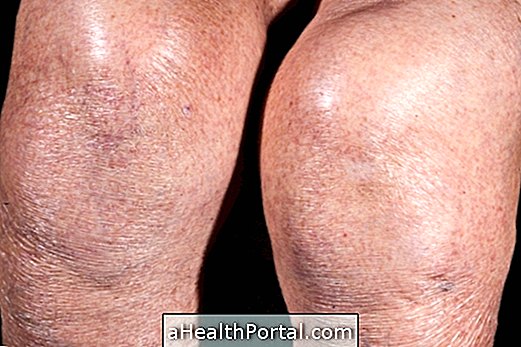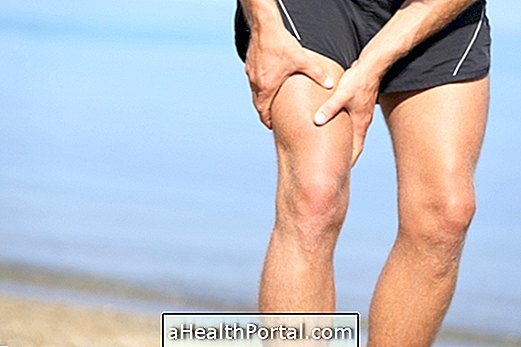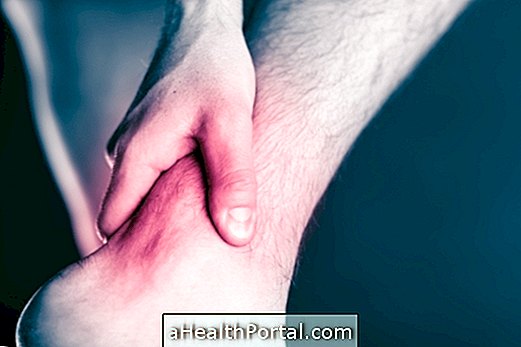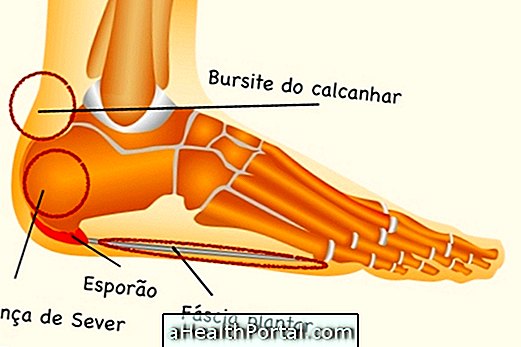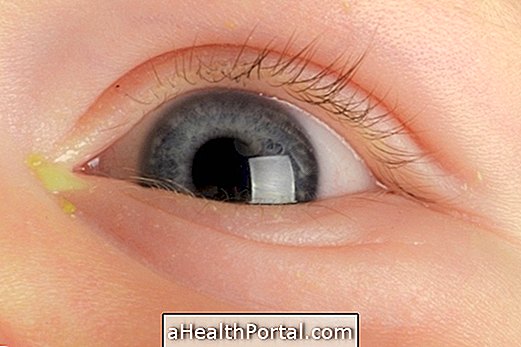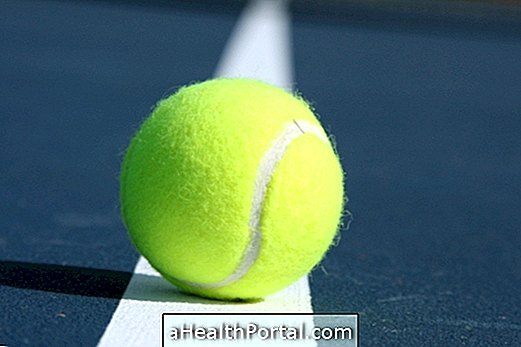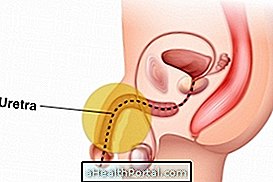The care of the bunion involves measures to prevent its worsening and prevent inflammation, as it happens due to a diversion of the fingers into the inside of the foot, misaligning the bones and joints of the region. So it is important to follow some tips like:
- Use orthopedic insoles, or splints, indicated by the orthopedist, to decrease the contact of the game with the bunion, reducing the weight on the region;
- Avoid wearing tight, heeled or thin-tipped shoes as they deform the foot and strain the bunion, and comfortable shoes should be preferred to accommodate the feet;
- Place a finger separator, between the big toe and the second finger, preferably at night, as they reposition the fingers in the correct way during sleep and reduce the pain and inflammation;
- Wear flip-flops indoors instead of closed shoes, reducing friction on the area;
- Do a foot massage at the end of the day with almond oil or make a scaly feet with warm water to lessen the pain.
The person with a bunion should also consult an orthopedist to start the most appropriate treatment, and in addition, physical therapy may be indicated twice a week, which is very useful for stretching and reducing pain.
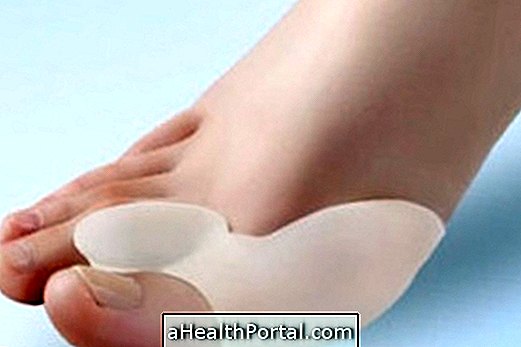
Exercises for bunion
The foot exercises are done under the guidance of the physiotherapist as a way to improve flexibility and muscular strength of the feet, which can help realign the joints and lessen the pain caused by the bunion.
It is recommended that you try to walk barefoot as a way to activate the foot sensors and relax the muscles. In addition, some exercises that can be practiced include:
Exercise 1
Lay a towel on the floor, and make moves to bring it to yourself with only the movements of your toes, and repeat several times.
Exercise 2
Do the opposite movement of the previous exercise, trying to move the towel only with the movements of the fingers, repeating several times;
Exercise 3
Sit, stretch one leg, raise the foot, and do rotational movements with the big toe, clockwise and counterclockwise, repeating the movement 15 times for each side. Then repeat with the opposite foot;
Exercise 4
Use an elastic band to attach one thumb to the other, and to make movements of opening and closing the fingers, or of adduction and abduction, working the strength and flexibility. Repeat movements about 20 times a day
Check out these and other bunion exercises in the following video:

How to care for the inflamed bunion
The best way to treat the inflamed bunion is by resting and applying ice packs for 5 to 10 minutes about 3 times a day as a way to reduce swelling, redness, and pain.
In cases of severe pain, it is necessary to consult the orthopaedist, as it may be necessary to use medicines, such as anti-inflammatories, in ointment or tablet. In addition, if there is no improvement or if there are episodes of inflammation repeatedly, the doctor may indicate surgery to correct the bunion. Find out when it is necessary and how bunion surgery is done.
